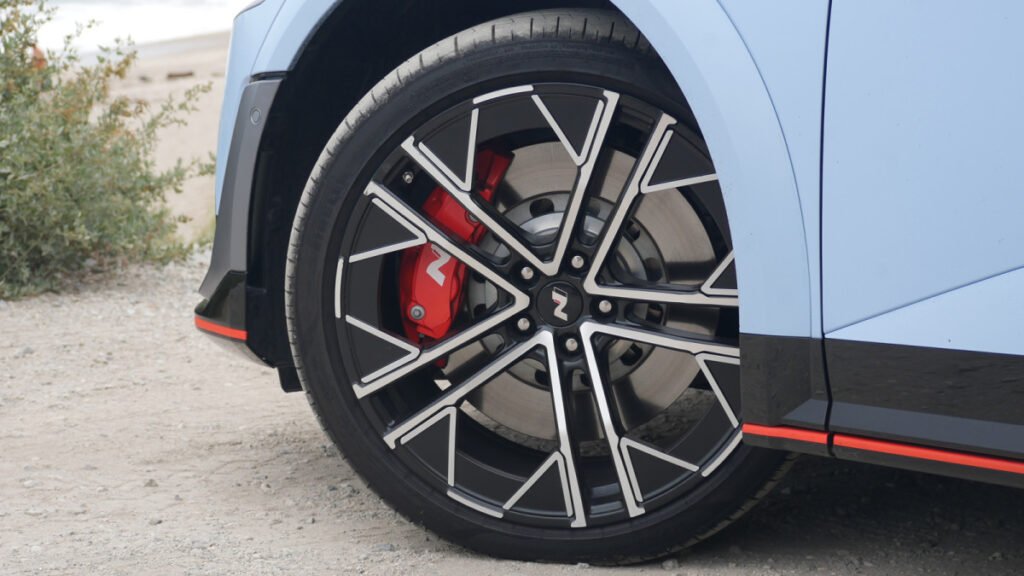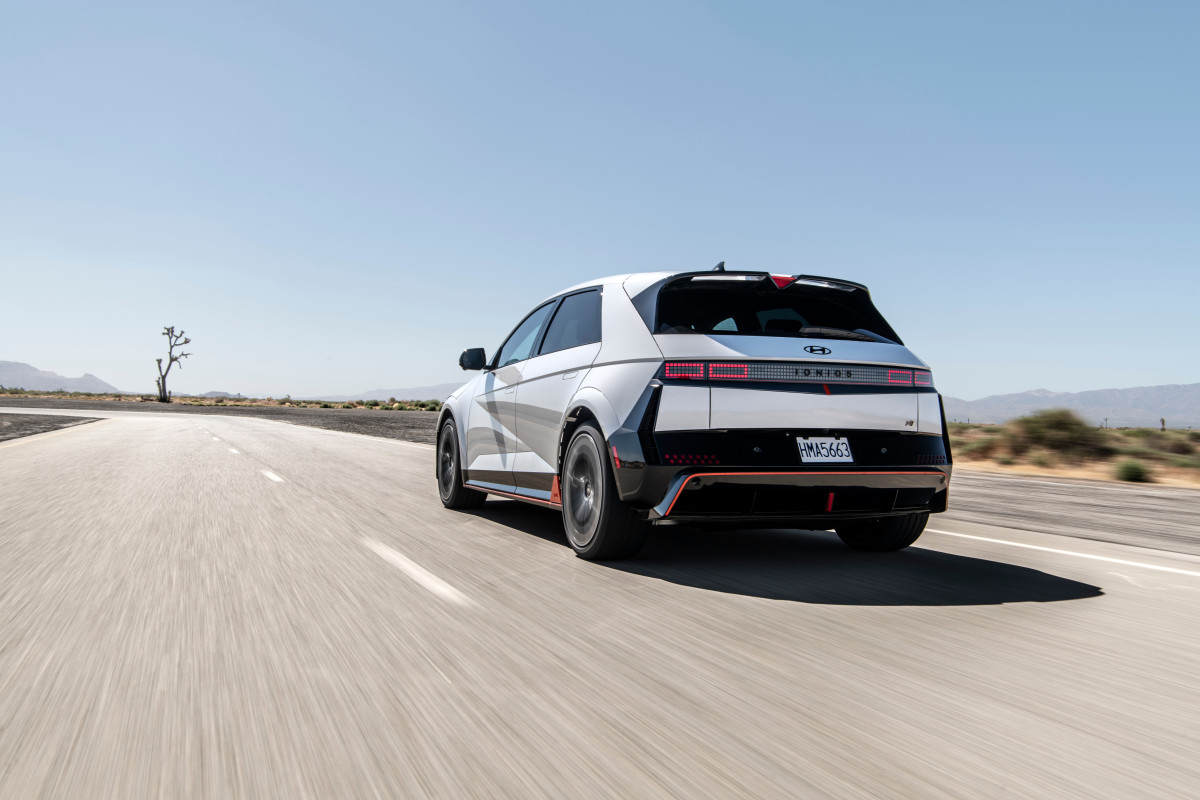
When DIY Meets a (Pay)Wall
For generations, weekend mechanics took pride in maintaining their own vehicles, swapping oil, replacing filters, and changing brake pads was part of the ownership ritual. Despite EVs supposedly being more affordable to maintain than gas cars, tinkering with your car not only saves money but also deepens understanding and builds a sense of connection with the machine. But as cars evolve into rolling computers, that hands-on tradition is hitting a technological wall.
Now, a viral complaint from a Hyundai Ioniq 5 N owner has reignited the debate. The driver alleges Hyundai has effectively blocked owners from performing basic brake work, turning a routine fix into a tangle of software locks, proprietary tools, and corporate policies. What was once a simple driveway job now feels like hacking into your own car.
Locked Out of Repairs
At the heart of the issue is the car’s electronic parking brake, which must be disengaged and reset digitally before swapping pads. To do that, Hyundai requires its J2534 Diagnostic Tool, software hidden behind a $60 weekly subscription and a $2,000 hardware adapter. Yet, even with those hurdles cleared, reports indicate that the system doesn’t function on the latest 2025 models.
One frustrated owner says his paid account was shut down by the National Automotive Service Task Force, allegedly because “DIYers are not permitted access.” Adding insult to injury, Hyundai’s own dealerships reportedly bypass all of this with a simpler, Android-based system that works instantly, highlighting a stark divide between owners and official service centers.
Hyundai
The Right to Repair Fight
This is seemingly becoming a flashpoint in the growing “Right to Repair” battle. As electric vehicles increasingly rely on encrypted systems, even basic maintenance now requires manufacturer approval. Advocates argue that without access to tools and data, car owners lose control over their own property.
Hyundai has yet to release an official statement, but the backlash underscores a deeper concern: if software locks you out of your own car, who really owns it? For many enthusiasts, this case feels like a warning sign for the freedom to tinker. Is it once a cornerstone of car culture, slipping away in the digital age?

